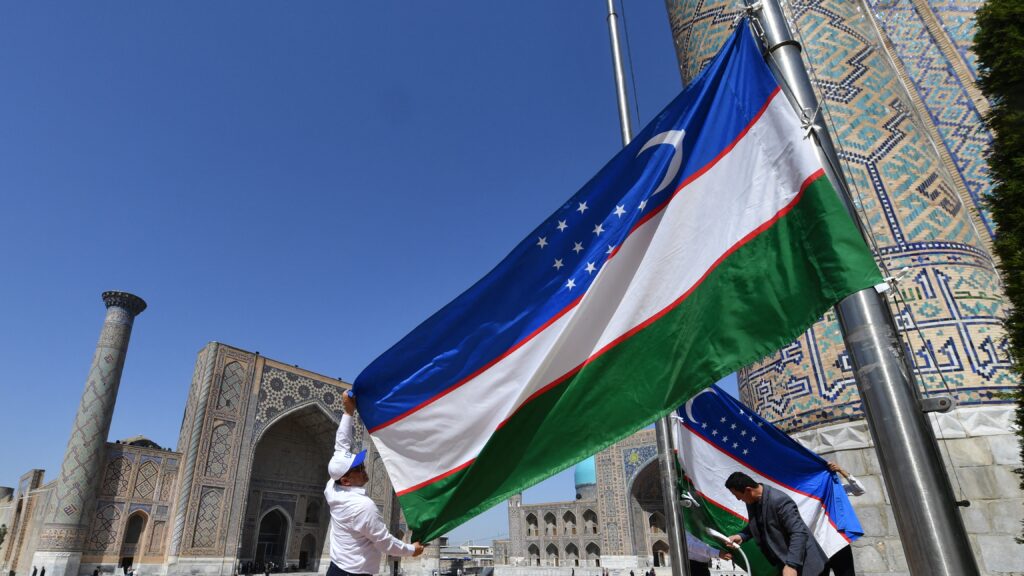Two units of the NASAMS air defence missile system were handed over in Győr, Hungary, at the Tibor Dánielfy 205th Air defence Missile Regiment barracks on Thursday.
Minister of Defence Kristóf Szalay-Bobrovniczky stated during the handover that the Hungarian Defence Forces (HDF) now possess a ground-based air defence missile system representing the latest technology, capable of providing high-altitude and medium-range protection.
The minister added that the greatest strength of the system, also used in 12 other countries, is its ability to establish a network based on control stations. It operates with excellent US-made AMRAAM missiles widely used in NATO member states and also installed on HDF Gripen fighter aircraft.
Szalay-Bobrovniczky reminded that last year, the Multifunctional Air defence Missile Operation Centre (SAMOC) was put into operation, which was procured from French Airbus.
The delivery and commissioning of Israeli LM 20-84 multifunctional radars representing the ‘eyes’ of the well-known Israeli Iron Dome system are currently underway.
Vice President of Norwegian Kongsberg Defence & Aerospace AS, the manufacturer of the weapon system, Kyrre Lohne, mentioned that three years have passed since the signing of the contract, which is considered record time. He added that
Hungary is the first NATO country to employ the extended-range AMRAAM missiles with NASAMS.
The acquisition involved not only the Hungarian and Norwegian governments but also the US government in collaboration with Raytheon. According to the press materials distributed during the handover, the manufacturer will deliver four additional NASAMS units and the technical equipment of a smaller reserve unit by the summer of 2024.
One advantage of the missile system put into service for the first time in the world in 1997 is that it deploys its radars and missile launchers at a distance from each other. This makes it much more difficult for targeted aircraft to defend against it, and hostile forces can only destroy it with much greater effort compared to traditional air defence missile systems.
NASAMS is capable of using various types of missiles, with a range that can vary from about eight to 50 kilometres, depending on the specific type. Currently, this system, primarily intended for export alongside national defence interests, has been adopted by the armed forces of fifteen countries, including the United States, Australia, Chile, Spain, Lithuania, and Oman.
Related articles:
Sources: Hungarian Conservative/Ministry of Defence








